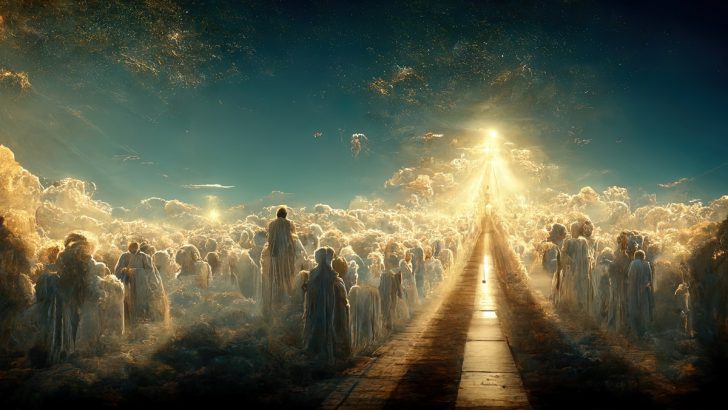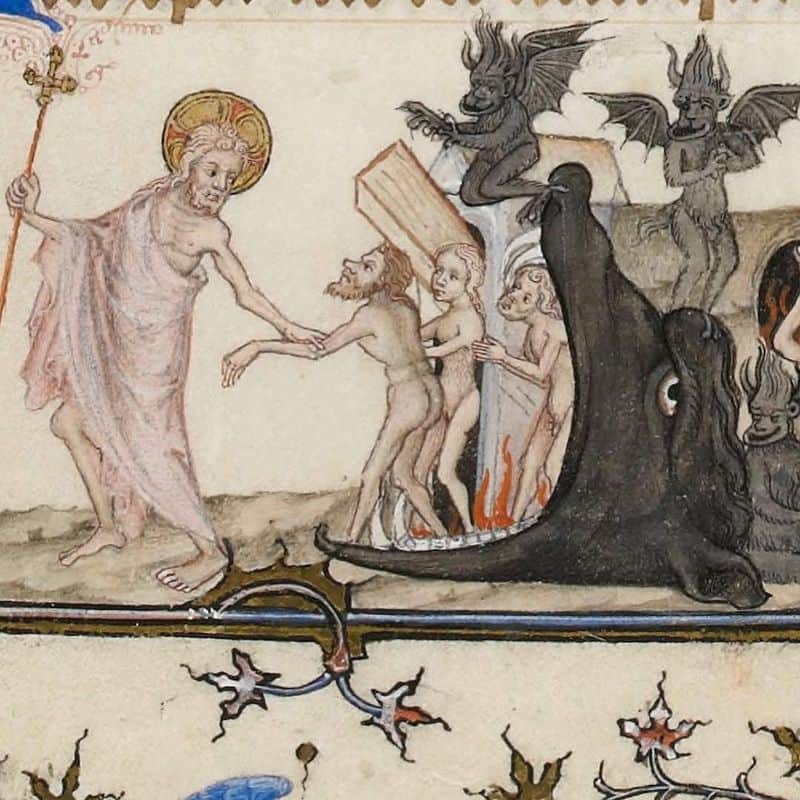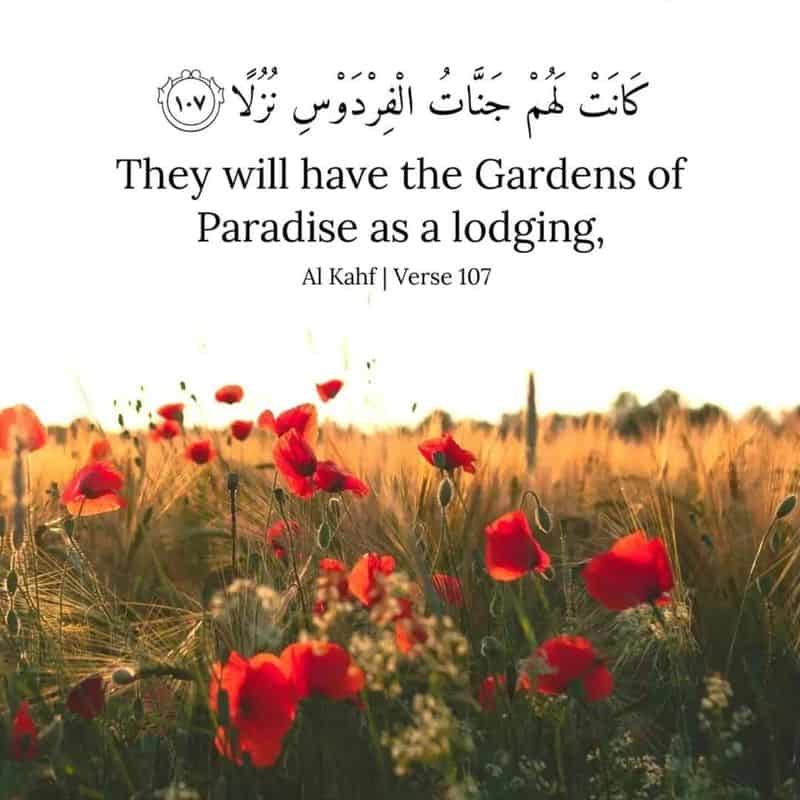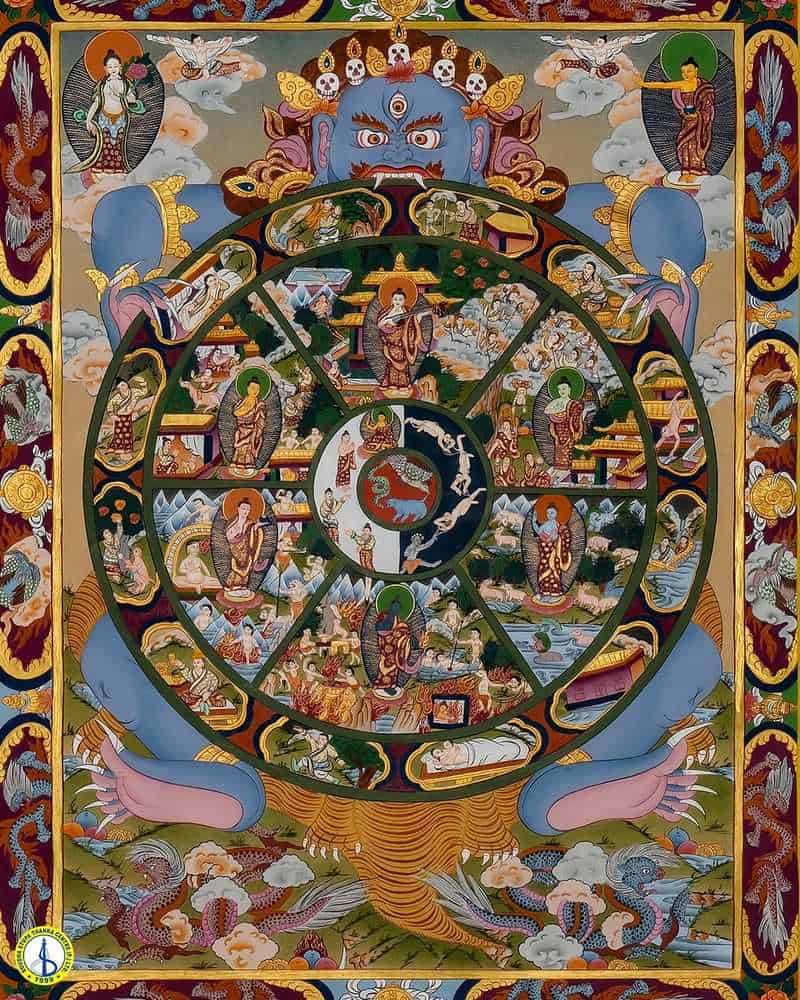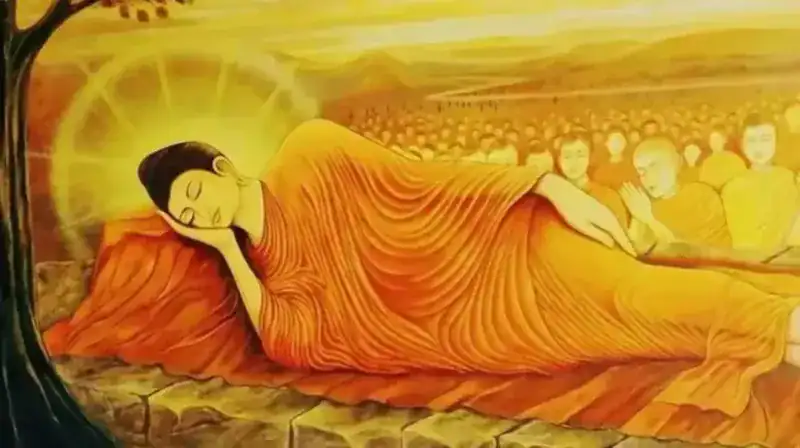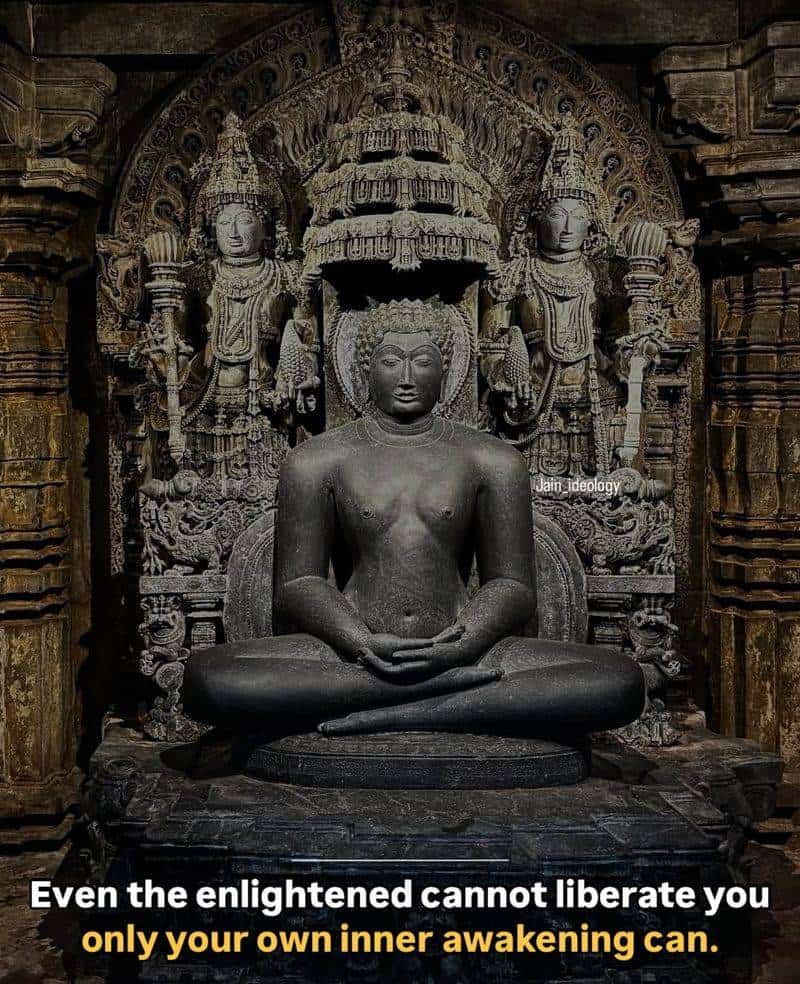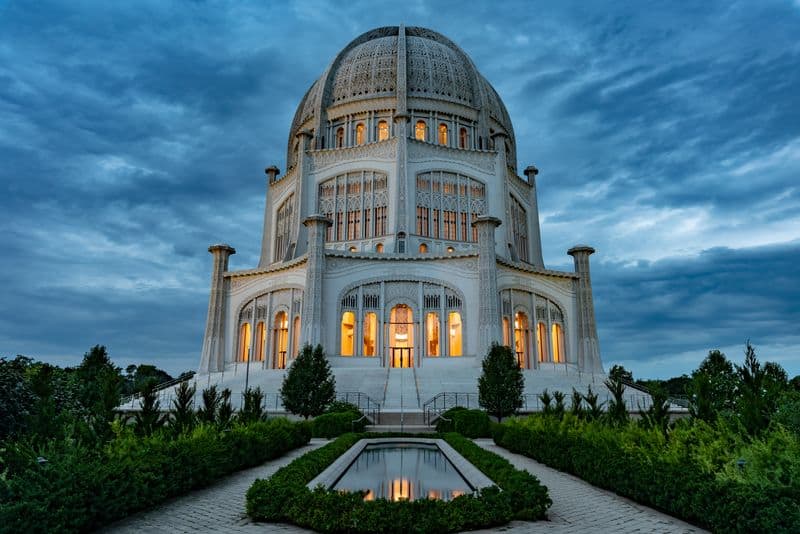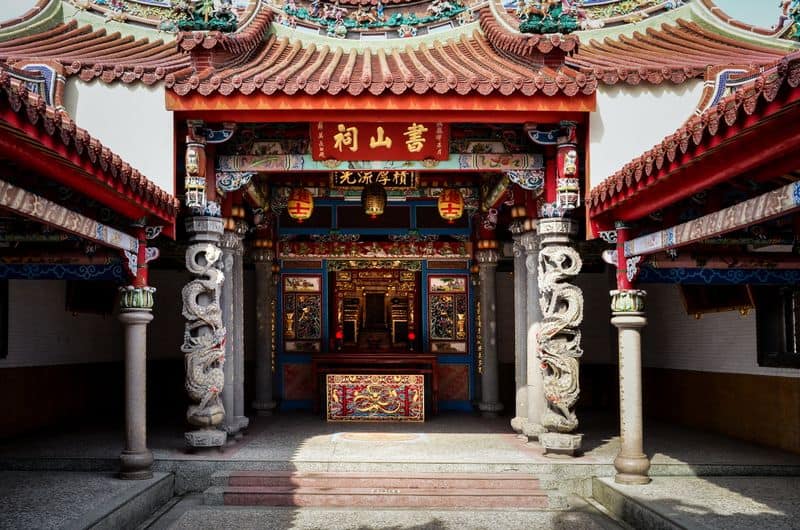Death is one of life’s biggest mysteries, leaving us with questions about what happens next. Throughout history, religions have offered explanations and comfort about the afterlife to their followers.
These beliefs shape how people live their lives today, influencing their values, choices, and how they face mortality.
1. Heaven or Hell: Christianity’s Two Destinations
Christians believe our eternal fate depends on our relationship with Jesus. After death, souls face judgment where faith and actions are evaluated.
Those who accept Jesus as savior receive eternal life in Heaven—a paradise where believers live in God’s presence without pain or suffering. Those who reject salvation face Hell, a place of separation from God.
Many denominations, especially Catholicism, also teach about Purgatory—a temporary state where souls undergo purification before entering Heaven. The concept of resurrection is central too, with Christians anticipating glorified bodies in the final resurrection.
2. Paradise Gardens: The Islamic Afterlife Journey
Muslims view death as merely a doorway to the next life, not the end. When someone dies, they enter Barzakh, a transitional state until Judgment Day arrives.
On the Day of Judgment, Allah weighs each person’s deeds. The righteous enter Jannah (Paradise)—magnificent gardens with flowing rivers, abundant food, and eternal peace. Those who lived sinfully face Jahannam (Hell), where punishment matches their earthly transgressions.
Family reunions are a cherished aspect of Islamic paradise. The Quran describes loved ones reuniting in Jannah, creating a comforting vision for believers facing grief.
3. Olam Ha-Ba: Judaism’s World to Come
Judaism focuses more on living righteously now than speculating about what follows. Traditional Jewish teachings emphasize Olam Ha-Ba (The World to Come), but interpretations vary widely among different Jewish movements.
Some believe in bodily resurrection when the Messiah comes, while others envision a purely spiritual afterlife. The concept of Gehinnom exists as a purification place—similar to purgatory—where most souls spend up to 12 months before ascending to Gan Eden (Garden of Eden).
Rather than eternal damnation, Judaism generally teaches that nearly all souls eventually find peace. This compassionate view reflects Judaism’s emphasis on God’s mercy over punishment.
4. Samsara’s Wheel: Hinduism’s Cycle of Rebirth
Reincarnation forms the cornerstone of Hindu afterlife beliefs. When the body dies, the eternal soul (atman) continues its journey based on karma—the spiritual consequences of one’s actions.
After death, most souls enter temporary heavens or hells to experience the fruits of good or bad karma before being reborn. The cycle continues through countless lifetimes as the soul inhabits different bodies—human, animal, or even divine—depending on previous actions.
Ultimate liberation (moksha) comes when a soul achieves perfect understanding and breaks free from desire, merging with Brahman, the universal consciousness. This release from rebirth represents Hinduism’s highest spiritual achievement.
5. Nirvana’s Peace: Buddhism’s Escape from Suffering
For Buddhists, what happens after death depends on how we lived. The consciousness continues its journey through the cycle of rebirth (samsara) based on karma accumulated during countless lifetimes.
Upon dying, consciousness enters a transitional state called bardo in Tibetan Buddhism. During this period lasting up to 49 days, the mind experiences various visions before taking rebirth in one of six realms—gods, demigods, humans, animals, hungry ghosts, or hell beings.
The ultimate goal isn’t heaven but nirvana—complete liberation from suffering and the cycle of rebirth. Achieved through enlightenment, nirvana represents perfect peace beyond human conceptualization.
6. Merging with the Divine Light: Sikhism’s Reunion
Sikhs view death as a reunion with Waheguru (God), not something to fear. The soul—believed to be a spark of divine light—ultimately seeks to merge back with its source.
Reincarnation plays a central role in Sikh beliefs. Souls cycle through various life forms based on karma until achieving liberation (mukti). Good actions and devotion to God help the soul progress toward this ultimate goal.
Achieving mukti means escaping the cycle of birth and death to merge with Waheguru like a drop returning to the ocean. Sikhs focus on remembering God, serving others, and living honestly to prepare for this divine reunion rather than seeking heavenly rewards.
7. Liberation Through Purity: Jainism’s Path to Moksha
Jainism offers one of the most detailed maps of afterlife destinations. The soul (jiva) journeys through rebirths based on karma accumulated through actions, words, and thoughts.
After death, souls travel to one of numerous heavenly or hellish realms before returning to earthly existence. The cosmos contains multiple levels—heavens above, earth in the middle, and hells below—each housing souls at different stages of spiritual evolution.
Freedom comes through moksha—complete liberation achieved by removing all karmic particles through strict non-violence, truthfulness, and detachment. Liberated souls rise to the universe’s summit (Siddhashila) where they dwell in perfect knowledge and bliss forever, free from the suffering of rebirth.
8. Continuing Spiritual Growth: Bahá’í Faith’s Eternal Journey
The Bahá’í Faith describes death as merely shedding our physical body while our soul continues evolving. Death is compared to a bird being freed from its cage—a joyful release rather than an ending.
After physical death, the soul enters spiritual realms beyond time and space. These realms contain infinite worlds where souls continue developing their spiritual qualities and drawing closer to God. Progress depends on how we lived our earthly life and our spiritual development.
Relationships continue beyond death, with souls recognizing and communicating with loved ones. The afterlife isn’t static but dynamic—souls assist each other and those still on Earth while continuously growing in understanding of divine mysteries.
9. Ancestor Veneration: Shinto’s Continuing Family Bonds
Japan’s native Shinto tradition offers a uniquely communal view of the afterlife. When someone dies, their spirit (kami) joins the ancestral family spirits who watch over descendants.
The newly deceased undergo a period of purification before being welcomed into the ancestral collective. Annual festivals like Obon bring living and dead family members together, with the deceased temporarily returning to visit their families.
Rather than judgment or salvation, Shinto focuses on maintaining harmony between the worlds. Proper funeral rites and regular offerings ensure ancestors remain benevolent protectors rather than troubled spirits. This creates a continuous family bond stretching across generations and between realms.
10. Immortality Through Harmony: Taoism’s Path to Eternal Life
Taoism offers multiple afterlife possibilities depending on one’s spiritual attainment. The highest achievement is becoming an immortal—not through preserving the physical body but by cultivating internal energy (qi) and aligning with the Tao.
Those who haven’t achieved immortality face judgment in the courts of the underworld. Ten courts evaluate the deceased’s actions before determining their fate—reincarnation, punishment, or service in the celestial bureaucracy that manages cosmic affairs.
Many Taoists practice meditation, alchemy, and energy cultivation to transform their spiritual bodies into vessels that survive physical death. The goal isn’t heaven but transcendence—living in harmony with natural forces and ultimately becoming one with the eternal Tao.

